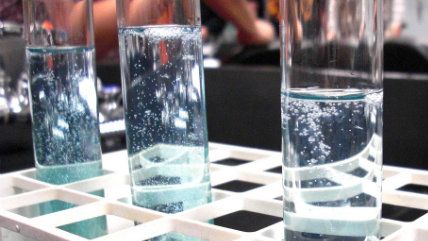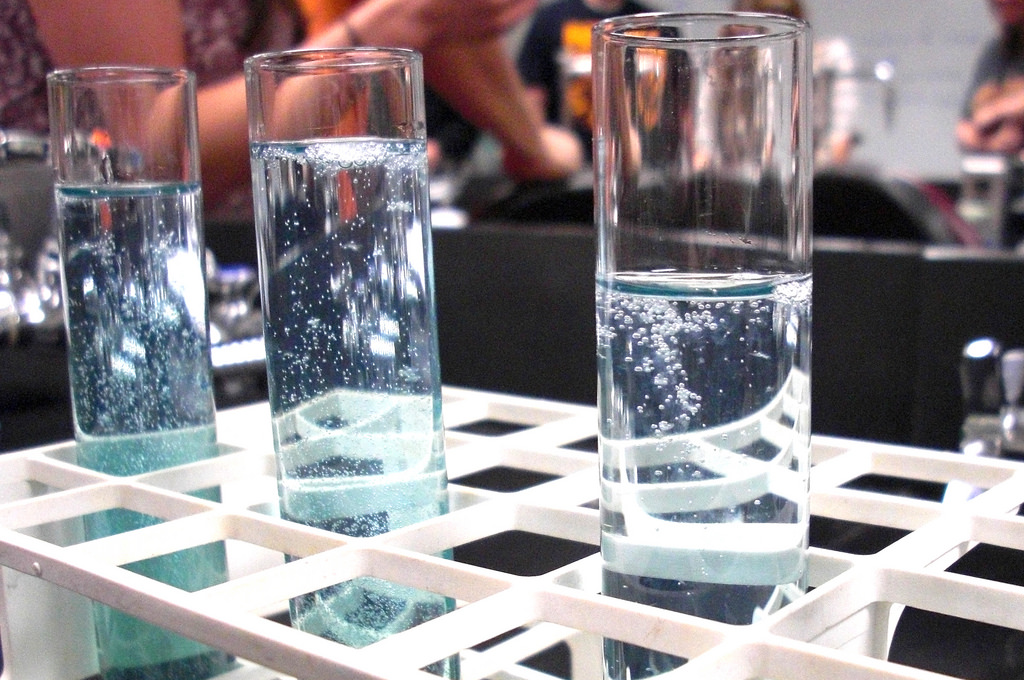The Trouble With Skin-Cell DNA Evidence
"Touch DNA" evidence can easily implicate the wrong person, yet police are increasingly relying on it.


American law enforcement is increasingly relying on DNA evidence from skin cells—even though it can easily implicate the wrong person.
"DNA collected from skin cells left on objects such as door handles and guns is increasingly being used as evidence in criminal cases," according to ABA Journal blogger Debra Cassens Weiss. "But new studies show a person's DNA can be transferred to an object that is never touched by the person, raising questions about the reliability of such samples."
In one case study, presented at the February 2016 meeting of the American Academy of Forensic Scientists, a homeless man named Lukis Anderson was charged in the murder of wealthy tech investor Raveesh "Ravi" Kumra. But it was later revealed that Anderson had been hospitalized at the time of the murder. Paramedics who had taken him in later transferred his skin cells and DNA, inadvertently, to the murder scene.
Anderson's case "provides one of the few definitive examples of a DNA transfer implicating an innocent person," notes Peter Andrey Smith at Scientific American. Yet there have been several recent studies showing, more broadly, that "touch DNA" evidence can easily travel.
For example, a person who merely carried a cloth that had been wiped across someone else's neck could then transfer that person's DNA onto an object he or she never touched, according to a study published earlier this year in the International Journal of Legal Medicine. Similarly, Cynthia M. Cale, a master's candidate in human biology at the University of Indianapolis, recently reported in the Journal of Forensic Sciences that a person who uses a steak knife after shaking hands with another person transfers that person's DNA onto the handle. In fact, in a fifth of the samples she collected, the person identified as the main contributor of DNA never touched the knife.
A lenghty piece in the June issue of The Atlantic explores "the false promise of DNA testing" of all sorts, including touch DNA. "Because we all shed different amounts of cells, the strongest DNA profile on an object doesn't always correspond to the person who most recently touched it," explains Matthew Shaer. "I could pick up a knife at 10 in the morning, but an analyst testing the handle that day might find a stronger and more complete DNA profile from my wife, who was using it four nights earlier."
While touch DNA has been used in investigations for more than a decade, the fact that DNA testing kits have become much more sensitive over time enhances the likelihood of false positives, according to Cale. "Given the power of modern forensic techniques to pull a DNA profile from a smudge of cells, secondary DNA transfer is no longer a purely theoretical risk."
For more evidence casting supicion on DNA evidence, see ex-Reasoner Radley Balko's expose on bite-mark "expert" Michael West; learn about how the FBI bungled hair-comparisons in about 96 percent of cases; or check out evidence that forensic-lab financial incentives lead to bogus results.



Show Comments (19)